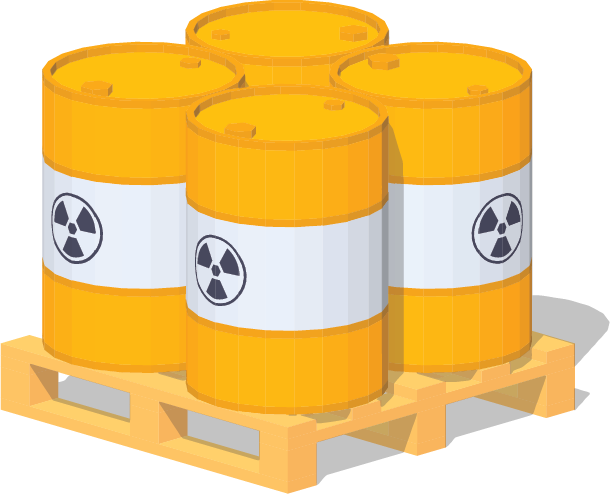
Coming to a nuclear understanding
Energy is top of mind for many Albertans, and discussions abound about alternative sources such as wind, geothermal, solar and hydro. But one type in particular is rarely mentioned, even though researchers and scholars often point to its potential.
Nuclear energy is in use in Canada, but only minimally. The reasons for this range from the purely political to concerns about sustainability and safety. To help gauge where the real tension around nuclear development actually lies, Summit asked Duane Bratt, PhD, professor and former chair of the Department of Economics, Justice and Policy Studies, and Connie Van der Byl, PhD, associate professor and academic director of MRU’s Institute for Environmental Sustainability to discuss the subject from the “pros” and “cons” perspectives.
Both Bratt and Van der Byl are adamant about the need to transition to a low-carbon economy.
The question is what is the best way?

Connie Van der Byl, PhD
Associate professor and academic director of MRU’s Institute for Environmental Sustainability

Duane Bratt, PhD
Professor and former chair of the Department of Economics, Justice and Policy Studies
Expert background
With a research focus on the politics of nuclear energy, Bratt is the author of the 2012 book Canada, the Provinces, and the Global Nuclear Revival. His current projects include a risk assessment of Canada’s nuclear waste site selection process.
Bratt’s defence of nuclear energy is underwritten by his concerns about climate change, saying that,“Nuclear energy provides a massive amount of baseload power while producing about the same amount of CO2 (carbon dioxide) emissions as solar, wind and hydro.” Bratt, who is an energy pluralist, believes that several different types of energy production can co-exist peacefully and that cutting greenhouse gas emissions globally without the use of nuclear energy is simply not possible.
With years of work experience in the oil and gas industry, Van der Byl has researched and written extensively about energy management and sustainable development. She approaches her criticisms of nuclear energy with an eye towards sustainability.
“As we consider these issues we want to think about the environment as well as societal and economic implications,” she says.
There are questions about nuclear energy and the conditions under which its development may be favourable, and others where it may be unfavourable. If we want to reduce our reliance on certain types of energy, Van der Byl says, we also don’t want to be creating new problems at the same time.
Thanks to Karim Dharamsi, PhD, professor and chair of the Department of General Education, who moderated the discussion.
Listen to the entire conversation

Disasters a huge part of the nuclear collective memory
Over 60 years there have been several major nuclear accidents, the most well-known being Three Mile Island (United States, 1979), Chernobyl (Soviet Union, 1986) and Fukushima (Japan, 2011). Large areas of land have become uninhabitable for millenia and the long-term health and wellness effects for nearby populations lead many to believe that the potential hazards associated with nuclear are just not worth it.
“There’s virtually no zero-risk in any type of energy creation,” Van der Byl says. She points to the potential for latent errors embedded in systems (Chernobyl), the possibility for natural disasters to impact nuclear facilities (Fukushima), the opportunity for nuclear facilities to be targeted by terrorists and mistrust of companies, industry and government, which can all combine to make nuclear energy especially problematic.
Bratt does not disagree that Chernobyl, in particular, was a tragedy. “There is no doubt about that. Anywhere from 30 to 45 people were killed in the first 48 hours and thousands have died subsequently based on estimations that the World Health Organization and the International Atomic Energy Agency have done,” he says, but specifies that most nuclear facilities have a containment dome of from 10 to 12 feet of concrete and steel, which Chernobyl did not.
The communist political system was as much a contributing factor as the breakdown in technology in Chernobyl, Bratt says.
Societal fear is also a factor in “anti-nuclear” movements. Radiation is invisible and scary. But that stigma can be changed, as Bratt observed in 2017 while visiting a nuclear education facility in Fukushima, where programs brought in teachers from other areas of Japan so they could witness how risks had been addressed.
What to do with what’s left
Nuclear waste is radioactive, taking tens of thousands of years to lose its harmful attributes. For a time, it was dumped into the oceans, but now is mainly buried on site.
“Some of the solutions being looked at are deep below the earth’s surface … but do we know and understand all the implications of that?” Van der Byl asks.
Bratt concurs that nuclear waste is indeed the industry’s “Achilles’ heel.”
However, nuclear waste has been generated since the 1940s and it’s all currently being stored safely, Bratt says. It’s often forgotten that the volume of nuclear waste is much lower than other energy waste and more measurable than emissions from oil, gas and coal. Bratt believes that nuclear waste is not a technological problem, but a political problem requiring leadership. In Canada, through the Nuclear Waste Management Organization (as well as in the U.S. and Scandinavia), the use of special canisters is being discussed. A facility is under construction in Finland and there are talks of using the Canadian Shield, a vast region of Precambrian rock spanning much of eastern and central Canada.
“Politically, it’s been a hot potato,” Bratt says.
Abandoned uranium mines a scar on the industry
The extraction of uranium has left behind abandoned mines and uninhabitable land, of which one example is Uranium City, Sask. After the Eldorado mine’s closure in 1982, the Saskatchewan site was deserted and neglected.
Both Bratt and Van der Byl believe there should be severe consequences for such actions, and that uranium mining should not be discussed in isolation. Mining of all kinds has major negative impacts on the environment, including those on the land, water, and plant and animal life.
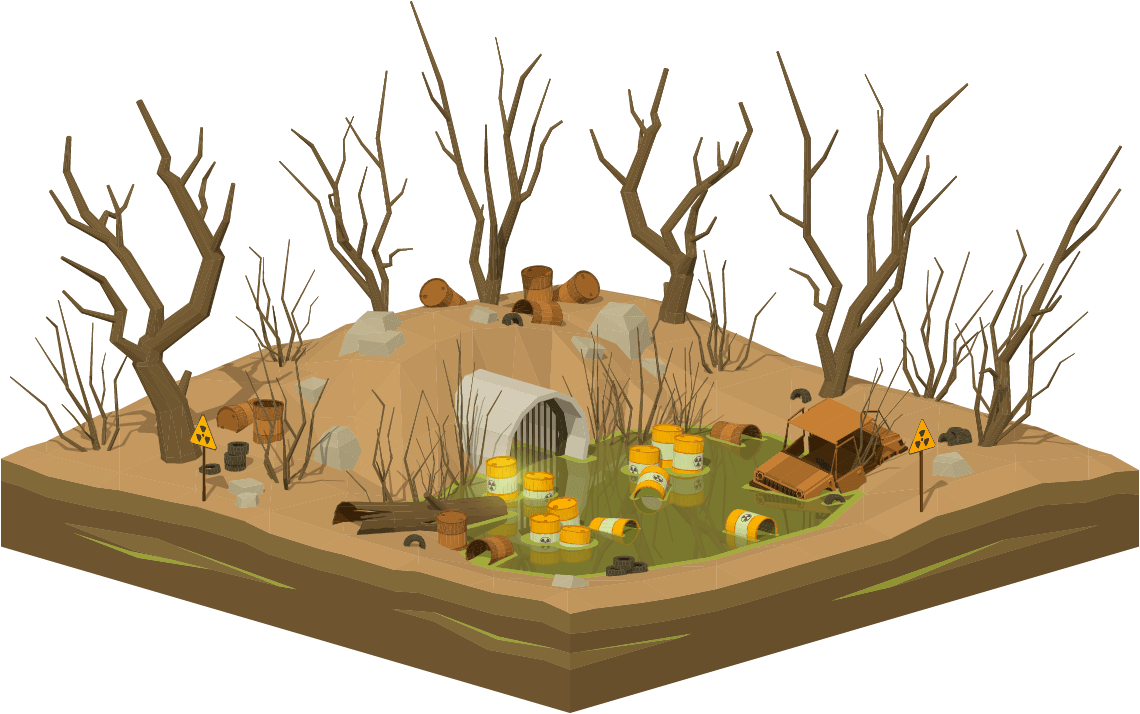
Nuclear war
Accidents, waste and mining are all good reasons to be nervous about nuclear energy, but the use of reactor technology to build nuclear weapons may be its greatest downfall in the minds of the public. Even with the Treaty on the Non-Proliferation of Nuclear Weapons, five countries have since developed “atomic bombs” (Israel, Pakistan, India, North Korea and South Africa).
“Nuclear energy is a spinoff civilian product coming from research and development done through the Manhattan Project to build atomic weapons,” Bratt explains, and that the two should be thought of separately. It’s actually cheaper and easier to develop nuclear weapons from scratch than a nuclear power plant.
“It is not difficult to build a weapon technologically. It is politically. I think to say that if you shut down the nuclear (energy) industry you will have no nuclear weapons … is a false argument.”
In response, Van der Byl says, “You also can’t say that being able to produce nuclear energy does not facilitate or enable the creation of weapons.”
Countries with volatile political systems are insular and unpredictable, which can then “expose the globe to a very catastrophic potentiality,” she says.
There are additional concerns that nuclear energy production can easily be used to camouflage a nuclear weapons industry.
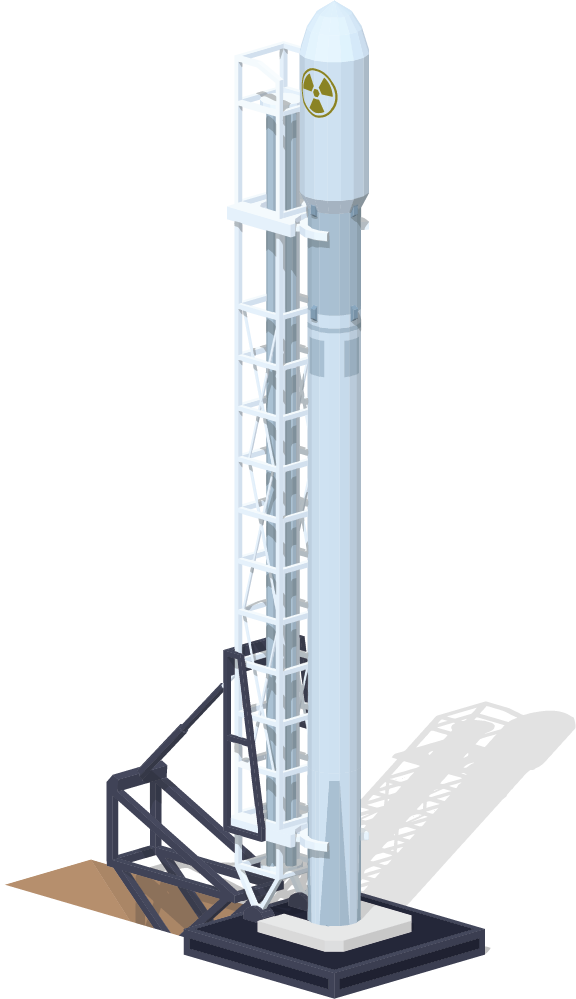
The financials behind nuclear energy
“Technology advancements in renewable energy are bringing costs down; most would agree there are fewer emissions involved and governments are increasingly including renewable energy production as part of their overarching energy systems,” Van der Byl says. She adds that the startup costs of nuclear facilities are “significant” in comparison. Ontario saw huge cost overruns and refurbishment needed ahead of schedule — all resulting in an enormous capital outlay.
“I would agree the biggest cost to nuclear is … construction, which is why it’s important that plants last as long as they do,” Bratt says.
Ontario’s construction troubles in particular can be attributed to many things, including interest rates, the discontinuity of projects and lack of knowledge, Bratt says. But the Pickering Nuclear Generating Station east of Toronto, one of the largest in the world and in use for nearly 50 years, can count as a major success.
Transitioning to sustainable energy
A 2019 New Yorker article titled, “Is nuclear power worth the risk?” reports that the relative cost of solar energy is around 90 per cent lower than it used to be, and the cost of wind power has also plummeted by 70 per cent. These proven renewable energy sources can be “backstopped” with natural gas to continue to ensure their reliability and affordability, Van der Byl says, as concentrated attention towards the best use of these resources continues.
Bratt says, “Natural gas … emissions are half of what coal is, and so it’s a great transition fuel, but it’s still about 500 tonnes of CO2 as opposed to renewables and nuclear.”
Diversification is key, even when renewables are being used to their potential, Bratt warns. When Germany shut down their nuclear facilities, the price of electricity shot up. The country has had to rely on coal as well as electricity imports from France. Electricity costs also skyrocketed in Japan when they shuttered their nuclear plants in 2011.
No energy production method is perfect. Renewable energy requires a lot of land. The solar plant outside of Taber, for instance, will produce about 500 megawatts when constructed, but use at least eight times the amount of property as a 1,200 megawatt nuclear reactor.
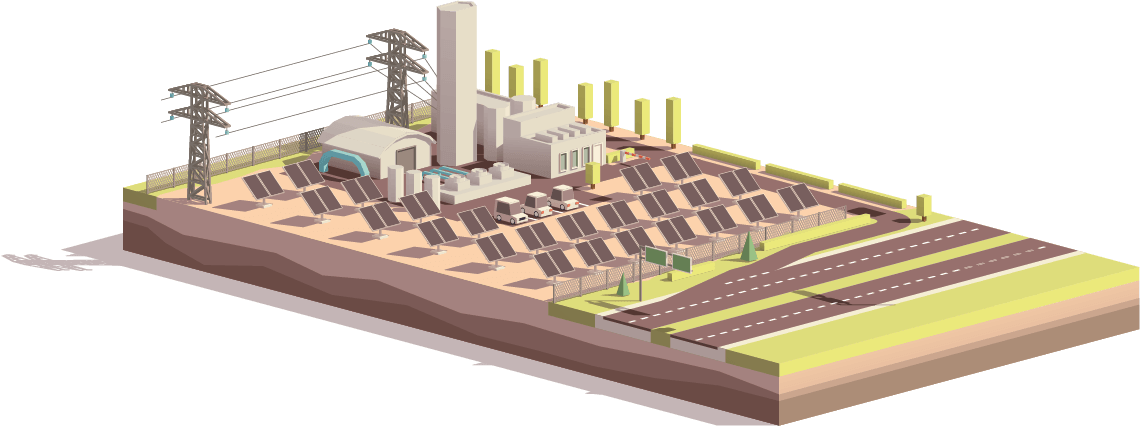
Could nuclear energy be considered renewable?
For Van der Byl, it’s about lifecycle, and for long-term cradle-to-grave sustainability considerations, renewable energy sources such as geothermal, wind and hydro would have the potential to top nuclear. But in order to meet emissions milestones because of Canada signing the Paris Accord, nuclear should be a part of the overall energy equation, she says.
Nuclear comes close to ticking all the boxes as a renewable resource. There is virtually an endless supply of uranium in the sea. The actinide metals fully replenish through geologic processes. A 2016 Forbes article titled “Uranium Seawater Extraction Makes Nuclear Power Completely Renewable” states that, “It is impossible for humans to extract enough uranium over the next billion years to lower the overall seawater concentrations of uranium, even if nuclear provided 100 per cent of our energy and our species lasted a billion years.”
Ninety-eight per cent of nuclear waste is reusable as well, Bratt says, but requires separating uranium from plutonium and reprocessing, which is more expensive than mining, and, as with all recycling processes in their infancy, there is a lack of necessary investment. In the late-1970s, the Carter administration in the U.S. suspended all research and development into the recycling of used fuel because of proliferation concerns. A new effort to bring down these costs would also help nuclear be considered fully renewable — minus the expenditures needed to run the plants.
Who wants nuclear?
Talking about energy in a place like Alberta, where multiple forms exist (wind, sun, geothermal, oil and gas), is an interesting conundrum, Van der Byl says, as generally developments are more of a want than a need.
“The wind industry in Alberta was actually spurred by farmers requesting the ability to put windmills on their farms to generate their own electricity.”
Specifically with regards to nuclear energy, Bratt says, “The largest opposition to nuclear energy is where it isn’t, the largest support for nuclear energy is where it is.”
British Columbia has no reactors and no uranium, and its population is largely against the establishment of nuclear power plants. Ontario has the most public backing for nuclear energy, as well as the most power plants. It’s the introduction of nuclear that seems to be the issue, but that is not at all uncommon when it comes to implementing new energy technologies.
“Jimmy Carter put solar panels on the White House, Ronald Reagan ripped them down the moment that he moved in,” Bratt says.
MORE MICRO
Energy production right now is stuck in a “macro” phase, with large, centralized facilities feeding into another large, centralized system. Coal plants, gas plants, and even nuclear plants are getting bigger and bigger, and solar and wind farms can sprawl over acres. Both Van der Byl and Bratt would like to see the energy industry move more towards the “micro,” such as solar panels scattered throughout cities and towns on buildings and homes.
Something in which Bratt sees great promise is increased interest in the development of tiny nuclear reactors, or SMRs (small modular reactors). SMRs already power nuclear submarines and aircraft carriers, but there has been no commercial civilian application of their use just yet. SMR development in the private world has yet to happen.
“There are dozens and dozens of (SMR) designs, but until prototypes are built, no one is going to buy something off of a computer screen,” Bratt says.
Canada is taking advantage of the opportunity to get ahead. “About a year and a half ago, Natural Resources Canada released a road map for SMR development,” Bratt says, and CANDU has come up with a prototype. In December 2019 the Ontario, Saskatchewan and New Brunswick governments signed a memorandum of understanding to support the Canadian government with SMRs. In August, Alberta also joined.
“Our government is exploring all opportunities that could help diversify our economy and create jobs for Albertans,” Premier Jason Kenney said in a news release. “We are building on our track record of responsible and innovative energy production by exploring the potential for small modular reactors, which have the potential to generate reliable and affordable energy, while also strengthening our traditional resource sectors and reducing emissions.”
SMRs could be used to power small Arctic communities (where diesel is currently being flown in), and for desalination, industrial steam production and hydrogen generation.
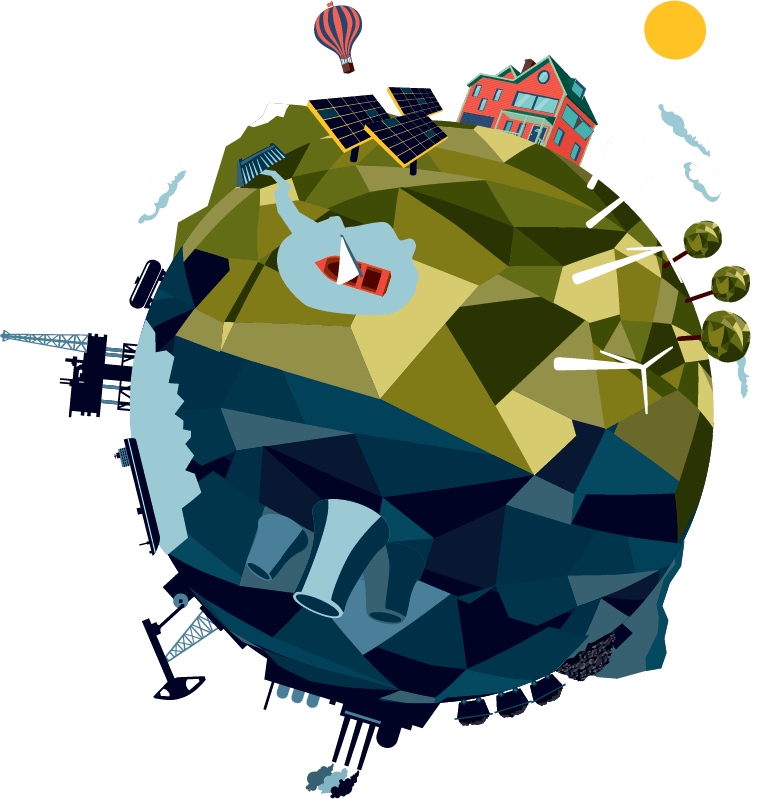
Global and national nuclear facts and stats
- There are about 440 nuclear power reactors generating 10 per cent of the world’s electricity
- More than 50 countries use nuclear energy
- About 50 more reactors are currently under construction
- Approximately three-quarters of the electricity in France is provided through nuclear generators (the most of any nation)
- Canada has 19 nuclear reactors generating about 15 per cent of the country’s electricity
- The U.S. has 96 nuclear reactors generating about 19 per cent of their electricity
- Bangladesh, Belarus, Turkey and the United Arab Emirates are all building their first nuclear power plants
World Nuclear Association (world-nuclear.org)
The conclusion
Van der Byl believes energy should be thought about from a Canadian perspective and with a strategic vision in mind. “What are the resources and capabilities that we have to support energy production both for our own consumption and for export? And what is the most responsible way to go about producing those energy sources?” she asks, with the belief that nuclear can be a part of that portfolio.
“Too often we view energy in isolation, and we view it as one source and then try to attack the other sources. I see a place for all sorts of energy purposes, with the exception of coal,” Bratt says.
Nuclear energy stands at a complicated intersection of technology, politics and economics. When viewed through all three lenses, its complexities — and opportunities — are fully revealed.

Read more Summit
The chemistry between us
Mount Royal has launched, its 32nd major, a Bachelor of Science — Chemistry, which faculty members say promised to create and graduate some of the best scholars in the field.
READ MORE


